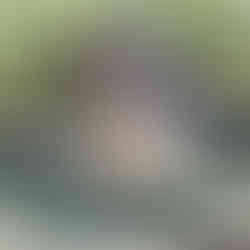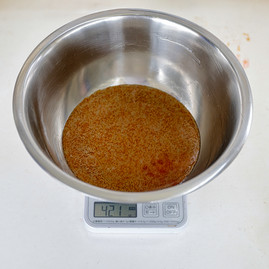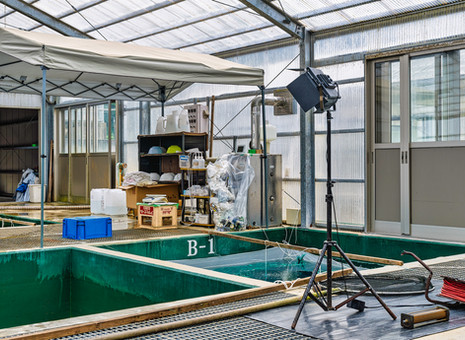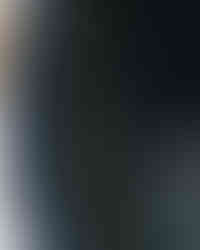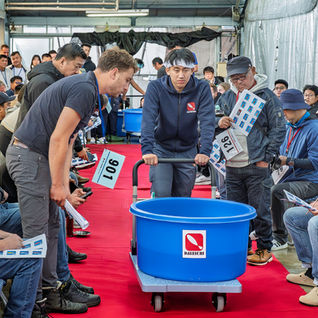The Art of Sorting Fry
- Kevin Warren

- Jul 27
- 2 min read
Updated: 5 days ago
It's breeding season across the Koi farms of Japan in late spring/early summer. Each breeder is pairing up his best females with the males based on bloodlines, breeding history, or trying something new to see what a mating pair can produce.
While the science of aquaculture isn't unique, the technique each breeder uses is uniquely his or her own. I was lucky enough to visit a few of the top breeders in Niigata Prefecture, home of the historical mecca for Nishikigoi as we know them today.
This is a photo story, not a technical document on the art of sorting fry. I will share what you're seeing in the photographs, some of the knowledge I learned during this trip, and what it's like to witness the best Nishikigoi breeders in the world practice their craft.
Breeding Pairs...Eggs...Late Nights
Photos 1-3..... Ryu Mano, Izumiya Ko Farm, prepares breeding nets for the eggs from his breeding pairs. Photos 4-7...... At Dainichi Koi Farm, breeding pairs are covered with bamboo, and a photo shows which Nishikigoi are in the pond. Eggs are weighed before being dispersed into the breeding brushes. Eggs attach to the Dainichi netting used for their unique process. Photos 8-10..... ISA Koi Farm breeding pond setup. Breeding is a middle-of-the-night affair, and the light you see allows Isa SAN to see well in the dark.
Photos 1-6..... Mitsuhiro Tanaka has his Marushin Koi Farm team hard at work separating fry on a beautiful spring day. In a large clear collection tank are rejected fry removed with vacuum tubes by the sorters. Up close are the selected fry in a black bowl. Photos 7-11..... Futoshi Mano's Dainichi Koi Farm team at Dainichi Headquarters sorting fry that may become champions later in life. Photos 12-13..... Isa Koi Farm sorting room in Ojiya, Japan.
Breeding season is a critical part of the koi breeder's success. It is an around-the-clock process that centers around the koi's interest in breeding early in the morning, very early. Eggs are collected, as is sperm, and the two are mixed in specific tanks or ponds with brushes used to hold the eggs. Koi eggs typically hatch in 4-7 days. The young fry are then sorted by koi farm staff and local Gonenpai/ご年配 from the surrounding community. Once the fry are selected, those chosen to be raised further are taken to mud ponds to grow. In another 4-5 weeks, the next selection or "sembetsu" occurs.
Dainichi Koi Farm: Eggs meet Sperm for fertilization
Look for the story on Mud Ponds and further selection coming to Koi Waters.
Thank you to the staff and crews at Izumiya Koi Farm, Dainichi Koi Farm and ISA Koi Farm.

